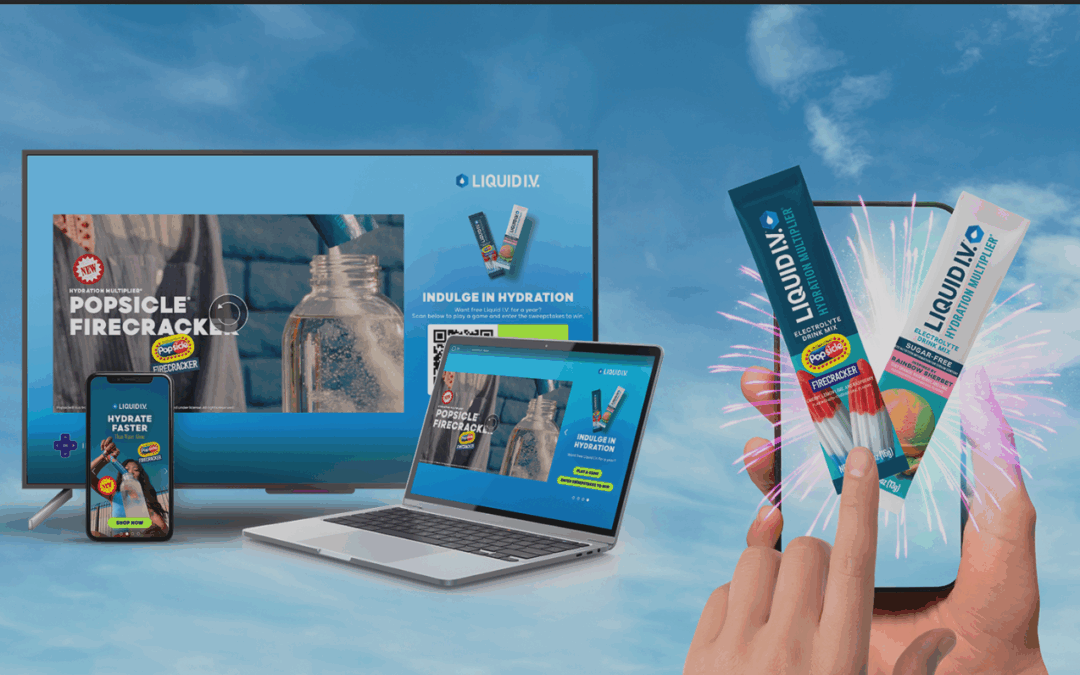From Data to Decisions: Preparing Retail Media for AI Agents

Why infrastructure maturity is the key to future growth
Artificial intelligence is already reshaping digital advertising. Predictive algorithms now steer bidding strategies, and machine learning models help refine audience targeting. But in retail media, the conversation is only beginning to move toward a more advanced frontier — AI agents.
These systems go beyond the recommendation engines and optimization scripts most marketers are familiar with. They can analyze data, make decisions, and in some cases, take action. That’s a meaningful shift in a channel still finding its operational footing.
Our recent research on retail media shows that infrastructure remains the single biggest barrier to progress. That’s exactly where AI agents could create momentum — if retailers and emerging media networks have the right foundation to support them.
The timing couldn’t be better. Nearly every brand with consumer data is trying to build a media business. Financial firms like American Express, Mastercard, Citi, and PayPal have launched ad divisions to monetize their transaction data. Even travel and hospitality brands — from airlines to hotels and roadside chains like Love’s Travel Stops — want in on a market that eMarketer projects will hit $118.4 billion in ad spend by 2029.
These companies have the audience signals that advertisers crave, but advertising isn’t their core business. Their ability to scale will depend on the strength and adaptability of their tech stacks, and whether they can connect the dots across channels, data sets, and demand partners.
What AI Agents Really Bring to Media Networks
When most people think of AI in advertising, they picture dashboards surfacing recommendations: increase spend here, test a new audience there. AI agents take that a step further.
This kind of automation directly targets retail media’s pain point around siloed systems that make day-to-day execution so cumbersome. Brands and agencies spend countless hours navigating dashboards, merging reports, and aligning incompatible metrics. AI agents offer a path to reduce that drag, standardize workflows, and return focus to strategy and creativity.
Why the Case for Intelligent Automation Is Now
Retail media is expanding faster than almost any other channel, with more than 275 networks already competing for brand dollars. But rapid growth has brought complexity. Each retailer wants to monetize their data while retaining control — a natural instinct in a space where data is the primary asset. This creates the misconception that interoperability requires relinquishing ownership. In reality, connecting systems and sharing data strategically doesn’t mean losing control. It means choosing how and when to open access.
That distinction matters, because AI agents can only work across silos if the right data flows between them. They need to monitor performance, reconcile metrics, and optimize spending — all tasks that require visibility into systems that today operate in isolation. Retailers can enable that connectivity while maintaining full governance over their data and pricing. AI agents help the ecosystem move beyond fragmentation, not by replacing human expertise, but by handling the executional work that slows teams down. Budget pacing, optimizations, and performance monitoring can all be automated, freeing brands and agencies to spend more time on innovation and partnership.
In that sense, AI isn’t just a tool for efficiency. It’s the bridge that could make retail media truly scalable, much like programmatic display and search became once their systems matured.
Why Infrastructure, Not Algorithms, Will Decide Who Wins
As promising as this sounds, most retail media networks aren’t yet built for agent-driven automation. Our research shows that budgets keep expanding into new formats and channels (great for retail media growth), but the underlying systems remain fragmented.
To make AI agents effective, these media networks need a stronger foundational layer. That means opening APIs for secure, real-time data access, adopting clean room integrations that balance brand requirements with retailer data protection, and evolving full-funnel KPIs to measure both brand-building and performance within the same platform.
This is where architecture becomes strategy. Infillion’s MediaMath DSP is designed with that reality in mind — built from the ground up to let retailers operate on their own terms. Through a white-labeled platform, retail media networks can control their data, define their pricing, and build custom workflows while tapping into MediaMath’s programmatic sophistication. It’s the kind of architecture that turns “AI readiness” from a buzzword into a real, practical advantage.
AI is only as powerful as the systems that enable it. Until retailers prioritize infrastructure choices that support both control and connectivity, the promise of AI agents will remain out of reach.
What’s Next: From Automation to Intelligence
The early rush to capture retail media budgets brought incredible innovation. But it also revealed the cost of moving faster than the technology could support. Many networks launched before their infrastructure was truly ready, and are now focused on strengthening that foundation to support long-term growth.
AI is the next inflection point, and it will test those foundations even more. The winners will be the ones who treat infrastructure not as a back-end concern, but as a competitive differentiator that enables agility, intelligence, and scale.
As retail media enters its next phase, success won’t hinge on who adopts AI first, but on who builds the systems robust enough to make it work.
Subscribe to our blog:
Related Posts:

Be Seen. Be Heard. Be Live. March Madness 2026 Is Your Brand’s Slam Dunk Opportunity.
As brands prepare to navigate a crowded advertising ecosystem in 2026, one thing is clear: March Madness remains a prime moment to connect with audiences in ways that are live, immersive, and impossible to ignore. But not all media is created equal—and not all sports...

The 2025–26 NFL Season Is a Defining Moment for Brands In A Fragmented Media Ecosystem
The NFL is one of the last great cultural stages where millions of fans come together in real time. But the way audiences experience the season — and the way brands need to show up — is evolving at record speed. The 2025–26 season has already proven it: NBCUniversal...

Liquid I.V. Case Study: From Summer Slump to Record-Breaking Growth
Imagine getting 40% brand preference lift with one campaign. That’s not a typo. In a single seasonal campaign, Liquid I.V. tripled the beverage category average for brand preference — and did it during the hardest months to reach consumers. The Challenge Summer means...
Let's Connect


